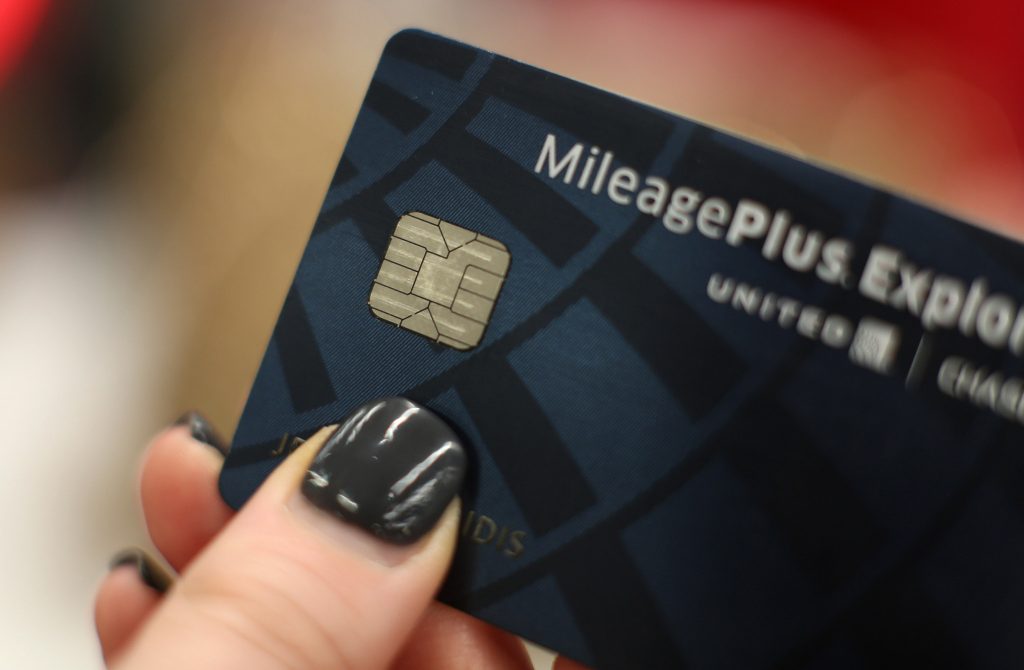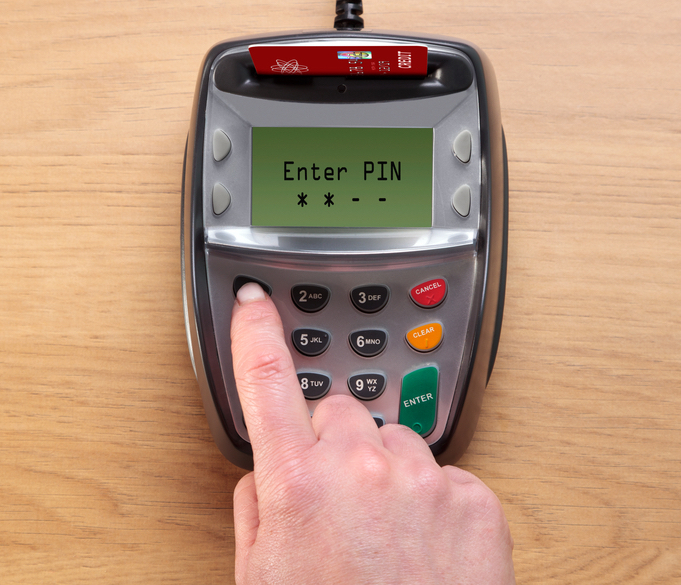Every firearms business that wants to accept credit and debit cards needs their staff to understand these 10 basic rules of smart firearms credit card processing. They’ll not only help you lower your costs and other fees, but also reduce fraud and chargebacks.

Types of Cards
- Always Prefer Debit Over Credit:
Accepting debit cards typically costs 1-1.5% less for firearms businesses than credit cards. - Prefer Non-Rewards Cards For Big Purchases:
A customer paying with a credit card with airline miles or cash back rewards typically costs the business 0.5-1% more than a traditional no frills credit card, so consider adding a 1% surcharge for rewards cards for large purchases.

How to Accept
- For Debit, Always Request A PIN:
Having the customer enter their PIN when accepting a debit card, lowers the risk of fraud, and thus lowers the rate charged to the business pays by approximately 1%. - Dip or Swipe, Don’t Key-In:
Sales in which you key in the customer’s credit card information, as opposed to swiping or dipping a credit card, end up costing the business an extra 1-1.5% because they are less secure and thus are charged at a higher rate. - Ask Customers to Use Chip, Not Swipe:
When a customer’s credit card has a chip, but the business allows the customer to swipe, the business is liable for a broader range of chargebacks. So always prompt chip card customers to dip, not swipe.
Recordkeeping and Storage
- Keep Signed Receipts for 6 Months:
A signed receipt is a retail firearms business’ strongest rebuttal against a credit card chargeback where the customer disputes the charge. So, have customers sign receipts and keep signed receipts for six months (the chargeback window) - Never Store Customer’s Credit Card Numbers Unsecured:
Don’t be sloppy when taking an order over the phone by writing down credit card numbers unnecessarily. If you need to store a customer’s credit card number for repeat purchases, do so securely by storing it in a payment gateway, or at a minimum keep it under lock and key.

Avoiding Chargebacks
- For eCommerce, Use Address Verification:
Require your eCommerce customers to enter their zip code, and use the AVS (Address Verification System) built into your payment gateway to confirm it’s a match before accepting payment. This will significantly reduce fraudulent purchases. - For Custom Orders, Don’t Charge Until You Ship:
If you offer custom products, or products that are built to order, don’t charge a customer’s credit card until the order ships. This significantly reduces the rate of chargebacks.
Avoid Unnecessary Fees
- Complete Annual PCI Compliance:
Once a year you’ll be sent a PCI compliance questionnaire. For most businesses, it only takes 5 minutes to complete, but avoids a monthly non-compliance fee. If you see a PCI non-compliance fee on your monthly statement, call to have a new survey sent out and complete it right away.
